What are Char Dham
The “Char Dham” is a series of four Hindu temples collectively known as Char Dham, and pilgrimage to these four temples is called Char Dham Yatra. “Char” means “Four” and “Dham” means “Pilgrim”, both are Hindi Words.
The Char Dhams are originally dedicated to the supreme lord, “Vishnu”.
Shri Rameshwaram is dedicated to Lord Shiva, but it was established by Lord Rama, who was an incarnation of Lord Vishnu.
- Shri Badrinath Dham In Uttarakhand.
- Shri Jagannath Puri in Orissa.
- Shri Dwarka in Gujarat.
- Shri Rameshwaram in Tamil Nadu.
The second Char Dham is the Chhota Char Dham, also known as the Char Dham of Uttarakhand.
This is a pilgrimage to four temples in the northern Indian state of Uttarakhand, located in the Himalayas.
- Shri Badrinath Dham is in the district of Chamoli.
- Shri Kedarnath Dham is in the district of Rudraprayag.
- Shri Gangotri Dham is in the district of Uttarkashi.
- Shri Yamunotri Dham is in the district of Uttarkashi.
What is Char dham Yatra
The Char Dham Yatra is a pilgrimage that takes pilgrims to all the temples collectively known as Char Dham. The pilgrimage begins at Shri Yamunotri Dham, followed by Shri Gangotri Dham, Shri Kedarnath Dham, and concludes at Shri Badrinath Dham.
Char Dham name
There are two groups of temples, known collectively as the Char Dham.
The first is known as Char Dham or Bada Char Dham, and the second one is also known as Char Dham or Chhota Char Dham or Char Dham of Uttarakhand.
The names of the Bada Char Dham are
- Shri Badrinath Dham In Uttarakhand.
- Shri Jagannath Puri in Orissa.
- Shri Dwarka in Gujarat.
- Shri Rameshwaram in Tamil Nadu.
This is a pilgrimage to four temples in the northern Indian state of Uttarakhand, located in the Himalayas.
- Shri Badrinath Dham is in the district of Chamoli.
- Shri Kedarnath Dham is in the district of Rudraprayag.
- Shri Gangotri Dham is in the district of Uttarkashi.
- Shri Yamunotri Dham is in the district of Uttarkashi.
Char Dham of Uttarakhand
Char Dham of Uttarakhand is a series of temples above 10,000 feet in the Himalayas, holding immense spiritual values that are collectively known as Char Dham of Uttarakhand.
The first one is Shri Badrinath or Shri Badri Vishal(10,170 feet), dedicated to Lord Vishnu,
The second one is Shri Kedarnath(11,750 feet), dedicated to Lord Shiva,
The third is Shri Gangotri(10,200 feet), dedicated to goddess Ganga,
and the fourth and last one is Shri Yamunotri(10,804 feet), dedicated to the goddess Yamuna.
Char Dham Of India
Char Dham of India is a series of temples in every direction(East, West, North, and South) of the Indian land, holding immense spiritual values that are collectively known as the Char Dham of India.
The first one is Shri Badrinath or Shri Badri Vishal(10,170 feet) in the northern Himalayan state Uttarakhand, the second one is Shri Jagannath Puri(0.3 feet) in the east in Orissa on the banks of Bengal Ki Khari, the third is Shri Dwarka Dham(0 feet) in the western state Gujarat on the banks of Arab Sagar, and the fourth and last one is Shri Rameshwaram(30 feet) in the southern state of Tamilanadu on the banks of Indian ocean.
All the temples that are part of the Char Dham of India are dedicated to the supreme GOD, VISHNU. Every temple has its own separate story, importance, and presence in the history and the ancient Hindu Vedic scriptures.
What is the sequence of the Char Dham Yatra
The West to East is the right sequence of the Char Dham Yatra. What does it mean…? It means the Char Dham Yatra starts from Shri Yamunotri Dham, then goes to Shri Gangotri Dham, followed by Shri Kedarnath Dham, and ends at Shri Badrinath Dham.
There are two reasons behind following this route,
- Spiritual reason:- Mata Yamunotri and Mata Gangotri are one of the holiest rivers in India and Hindu mythology. If pilgrims do the Shivalinga’s JALABHISHEK(pouring Shri Ganga and Yamuna’s water onto Shivalinga), lord Shiva will wipe out all the sins, and Shri Badrinath is the Moksha(End of all life cycles) Dham.
It means that pilgrims go to Shri Yamunotri Dham and Shri Gangotri Dham, collect Yamuna and Gangajal, and then go to Shri Kedarnath Dham, do the Jalabhishek to atone and get over all the sins, and in Shri Badrinath Dham(Baikunth Dham of the Earth), end all the life cycles and go to the supreme lord “Vishnu”.
- Traveller’s comfort:- As we know that the pilgrimage has to follow a direction and starting from point 1 and going to point 3, then coming back to point 2 is not practical.
That’s why pilgrimage starts from Shri Yamunotri Dham(Westernmost) with only 7 k.m. of not so challenging trek, followed by Shri Gangotri Dham with no trek at all, followed by Shri Kedarnath Dham most challenging one 17 km, and ends at Shri Badrinath Dham with again 0 trek, which is a luxury for the legs after the trek of Shri Kedarnath Dham.
This is the best route for everyone because it saves time, is the shortest, and is easy from a trekking point of view because it would be hard to climb Shri Yamunotri Dham’s trek after Shri Kedarnath Dham’s.
How to visit Char Dham Yatra
There are so many ways how you visit the Char Dham. In the old times, pilgrims used to do this yatra on foot in the deep Himalayas.
I will classify the Char Dham Yatra based on “Mode of transportation”.
There are only two modes of transportation.
- By Road
- By Air
The First option is By Road: Road transport is the prime and widely used mode of transportation in the Char Dham Yatra, and the only mode of transportation in the whole area. Although a railway project from Rishikesh to Karnaprayag is in progress, it is estimated to be completed in 2026, and it will cut the time and distance tremendously.
Pilgrims can take the buses, shared taxis, and private taxis from Haridwar, Dehradun, and Rishikesh. Rishikesh is recommended as this city acts as the base camp for the Char Dham Yatra of Uttarakhand. Rishikesh is also recommended for those who are on a budget or looking for various types of options.
At all three cities, you will find government buses of the Uttarakhand Transport Corporation as well as the private operators.
For those looking for an adventure, there is another option: renting a motorcycle or scooter. This will not only take you to your destination but also allow you to collect memories that will last a lifetime.
The Second option is Air services: Some air services make the Yatra(Pilgrimage) easy, fast, and safe for those who are short on time, but make sure to book your slots as per your schedule and registration date, and time slot.
You can book your helicopter for all four temples(Char Dham) or two temples even for a single temple. Heli services are available in Dehradun, Shrinagar, Rudraprayag, Joshimath, Rampur, Sitapur, Sonprayag, Uttarkashi, etc.
In case you don’t find a slot for a helicopter from your starting point, like Dehradun, then you can go to other cities and find a helicopter service. Helicopter services are mainly used for Shri Kedarnath because of the hard terrain and difficult trek of 17 km from Gaurikund to Shri Kedarnath.
It is recommended that one should go towards Shri Kedarnath by road and stay at Sonprayag, Sitapur, or Rampur, and you can find a heli service here for Shri Kedarnath. Sonprayag is the last station where you can go by road; Rampur and Sitapur are the nearest stations.
The rest three Dhams are quite easy to reach, where only Shri Yamunotri Dham has an easy trek of 7 km from Janaki Chatti, which is easily doable. In contrast, Shri Gangotri Dham and Shri Badrinath Dham have no trek, and these temples are on the road, and vehicles usually get parked near the temples in plain sight.
Char Dham Yatra map
Char Dham of Uttarakhand Yatra map is a little bit confusing and hard to understand at first sight because of the hilly terrain and repetition of major cities when visiting all four temples(Char Dham).
Char Dham is located in the northern state of Uttarakhand in the higher Himalayan regions, more than 10,000 feet above sea level; thus, the roads are hard to maintain, and it is hard to connect Char Dham directly to each other that’s why the road map of Char Dham Yatra is a little bit different from normal pilgrimage.
Since we talked about Rishikesh, and I told you that Rishikesh acts as the base camp for the Char Dham Yatra, Rishikesh is our starting point
- Rishikesh to Shri Badrinath Dham:- Rishikesh → Devprayag → Shrinagar → Rudraprayag → Karnaprayag → Chamoli → Joshimath → Govindaghat/Pandukeshwar → Shri Badrinath Dham or Shri Badri Vishal.
- Rishikesh to Shri Kedarnath Dham:- Rishikesh → Devprayag → Shrinagar → Rudraprayag → Agastyamuni → Guptakashi → Rampur → Sonprayag → Gaurikund → Shri Kedarnath Dham.
- Rishikesh to Shri Gangotri Dham:- Rishikesh → Narendra nagar → Chamba → Chinyali saur → Uttarkashi → Bhatwari → Ganganani → Bhairoghati → Harshil Valley → Shri Gangotri Dham.
- Rishikesh to Shri Yamunotri Dham:- Rishikesh → Narendra nagar → Chamba → Chinyali saur → Dharasu → Shrikot → Barkot → Kursil → Syana Chatti → Hanuman Chatti → Janaki Chatti → Shri Yamunotri Dham.
Char Dham location
Char Dham of Uttarakhand is located in the northern region. If we see them from Shri Badrinath Dham to Shri Yamunotri Dham, then Shri Badrinath Dham is the eastern temple than Shri Kedarnath Dham is west of Shri Badri Vishal, and Shri Gangotri Dham is west of Shri Kedarnath Dham. Shri Yamunotri Dham is the westernmost temple.
| S.No. | Name | Coordinates | Height |
| 1 | Shri Badrinath Dham | N 30.7447983 E 79.4911765 | 10170ft/3100m |
| 2 | Shri Kedarnath Dham | N 30.735267 E 79.066919 | 11750ft/11750m |
| 3 | Shri Gangotri Dham | N 30.994402 E 78.941250 | 10200ft/3110m |
| 4 | Shri Yamunotri Dham | 30°59’58.9″N 78°27’45.7″E | 10804ft/3293m |
Best time to visit Char Dham
The best time to visit Char Dham is in late September to mid-October, when the rainy season is usually over, and natural greenery is at its peak, every flower blooms, snow and ice don’t bother landslides does not occur that you see in the rainy season, and most of the pilgrims gone back.
Char Dham stays open for 6 months between April/May (Akshay Tritiya) to October/November (Bhaiya Dooj) and closed for 6 months in winters. Pilgrims usually come in high numbers in the summer time, especially during the summer vacation period of schools. This is the reason why September and October are the best times to visit these areas due to fewer crowds, better weather, and a much better experience.
Which temples are part of Char Dham Yatra
There are two types of Char Dham Yatra: the first, Bada Char Dham, and the second is Chhota Char Dham.
The Bada Char Dhams are –
- Shri Badrinath Dham In Uttarakhand.
2. Shri Jagannath Puri in Orissa.
3. Shri Dwarka in Gujarat.
4. Shri Rameshwaram in Tamil Nadu.
The second Char Dham is the Char Dham of Uttarakhand.
- Shri Badrinath Dham is in the district of Chamoli.
- Shri Kedarnath Dham is in the district of Rudraprayag.
- Shri Gangotri Dham is in the district of Uttarkashi.
- Shri Yamunotri Dham is in the district of Uttarkashi.
How many days are required for Char Dham Yatra
7 to 10 days are required for the Char Dham Yatra, depending on the physical fitness and weather, of course. If physical condition does not allow, and you never use any kind of help like porters, ponies, and horses, then 12 days is also perfectly normal.
Benefits of Char Dham Yatra! Is Char Dham good
The Char Dham is good, and there are several benefits of the Char Dham Yatra. Depending on what you are looking for, you will collect memories that will last for a lifetime. You will boost your physique, gain exposure to the raw nature.
Most important of all, you will have the spiritual experience and gain that is second to none.
Difference between Char Dham and Chota Char Dham
There is a major difference in geography and location. After all, they are totally different pilgrimages.
Char Dham is dedicated to Lord Vishnu and is in the 4 directions, East, West, North, and South, across India.
While Chhota Char Dham, also known as the Char Dham of Uttarakhand, is in the northern state of Uttarakhand.
Comment below if you need a detailed article on the difference between Char Dham and Chota Char Dham.
Which is the fifth Dham in India
Balajipuram is now considered to be the fifth Dham in India. Balajipuram is a 111 feet high South Indian style built temple situated in the Betul district.
Dedicated to Lord Balaji.
Which is the fifth Dham in Uttarakhand
Shri Mahasu Devta is now celebrated and being developed by the government as the fifth dham of Uttarakhand, situated in Dehradun district. Built in the 9th century in Koti-Banal style of architecture at an elevation of 3450 feet above sea level.
Dedicated to Lord Mahasu devta.
Who established Char Dham
Adi Guru Shankaracharya established the Char Dham in the 9th century.
Char Dham Yatra registration
Registration is mandatory for the Char Dham Yatra. For the safety and convenience of the pilgrims, to maintain the flow of the Char Dham Yatra, and to keep a record of the tourists, pilgrims, and workers, the Government has made registration mandatory for everybody.
In a time of any natural or unnatural mishappening that may occur at any time in the sensitive Himalayan areas, as it has been in 2013, the officials and others who may be concerned can keep a record and track the missing.
Is Char Dham bad
The Char Dham is never bad for anyone who comes and visits as a pilgrim, but officials and priests of the temples may ask you to leave if tourists do not behave properly. People should understand that these are Dhams and spiritual centers, not tourist places. So if anyone consumes alcohol, non-veg, or does not respect the traditions, nature, and mountains, then they may have to face the consequences.
If you are looking for a picnic spot, a tourist station, or an outdoor activity hub center, then please you should visit Mussorie, Nainital, Auli, Shimla, or Manali, not the Char Dham.
Is Char Dham dangerous Is Char Dham safe
The Char Dham is not dangerous, it is perfectly safe. In fact, the Char Dham has fewer accidents than Delhi, but high-altitude Himalayan areas won’t tolerate negligence, and high mountains and curvy roads are prone to accidents if not taken seriously.
What is the Char Dham Yatra famous for
The Char Dham Yatra is famous for so many things,
- The temples of the Char Dham and the tranquility of nature.
- A series of temples like Panch(5) Badri and Panch(5) Kedar, Panch(5) Prayag(Prayag is the Junction of two or more rivers).
- History of the temples, rituals, land, and peoples of the area.
- History of the Silk Route connection with Tibet and China.
- The architecture of the temples and old houses along the way.
What is the meaning of Char Dham Yatra
The meaning of Char Dham Yatra is “Tirth Yatra”. In the old times, the pilgrims went on the Char Dham Yatra or Tirth Yatra when they had done their part in the world and were ready to meet their maker.
In those times, this Yatra had no roads, and the whole 1500 km Yatra was done on foot. The ritual and the belief were that they must go to Shri Yamunotri, and Shri Gangotri first to cleanse themselves, take some Yamuna Jal and Ganga Jal with them, go to Shri Kedarnath and do the Jalabhishek of Lord Shiva, and in the end go to Shri Badrinath Dham, which is a Mukti Dham on the earth that will end the endless cycles of life and death and will end all the sorrow.
This Yatra was so tough that people would have died on the way during the trek, and it was so often that sometimes pilgrims refer to this yatra as the Teerth Yatra or Antim yatra(last pilgrimage).

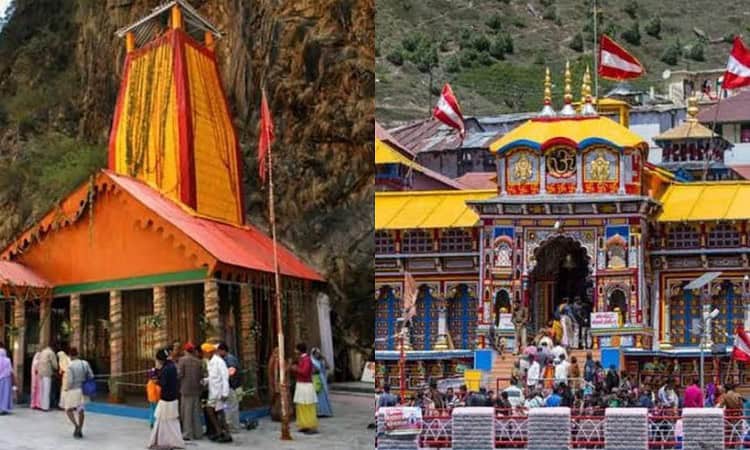
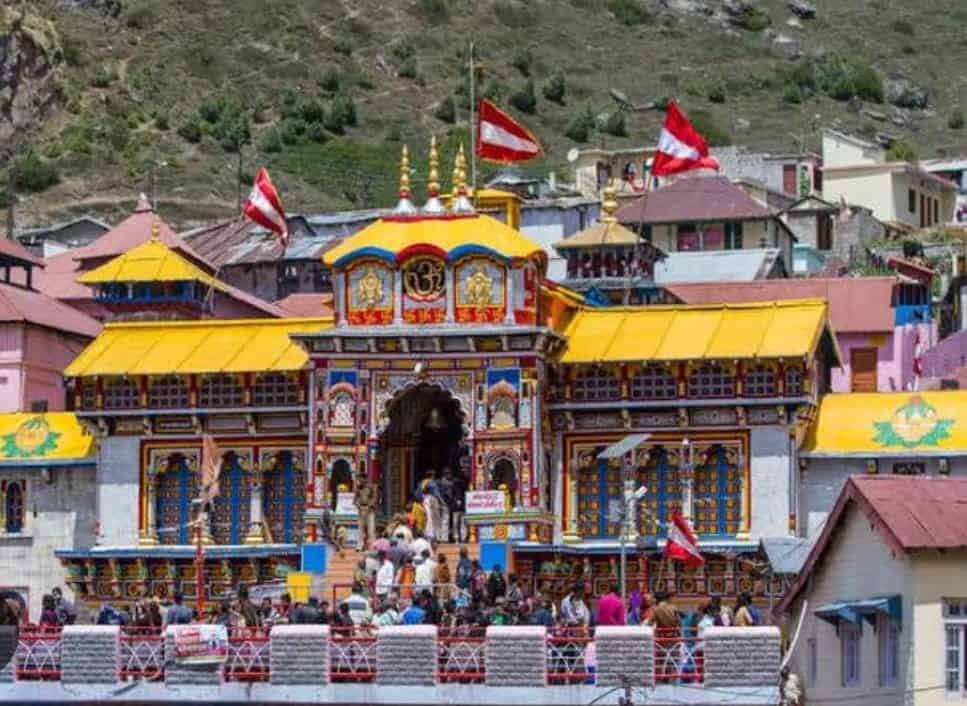

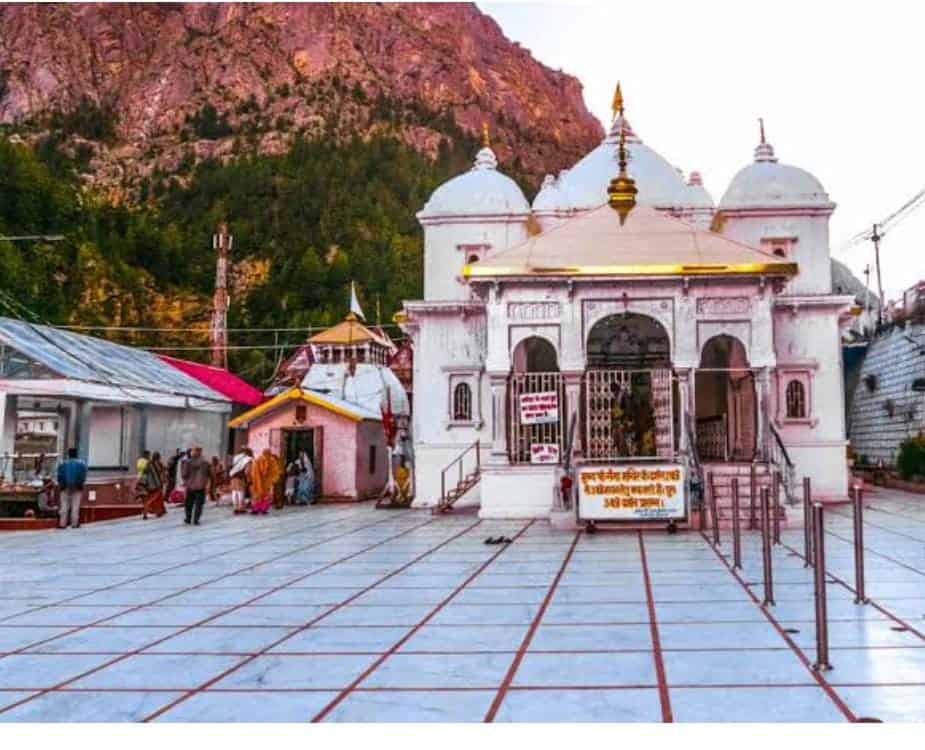
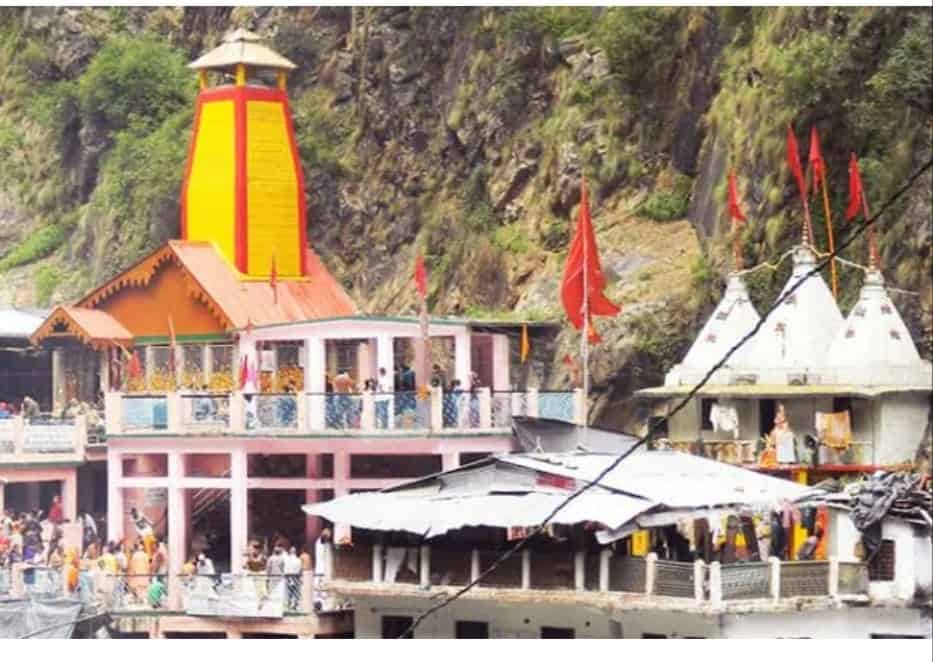
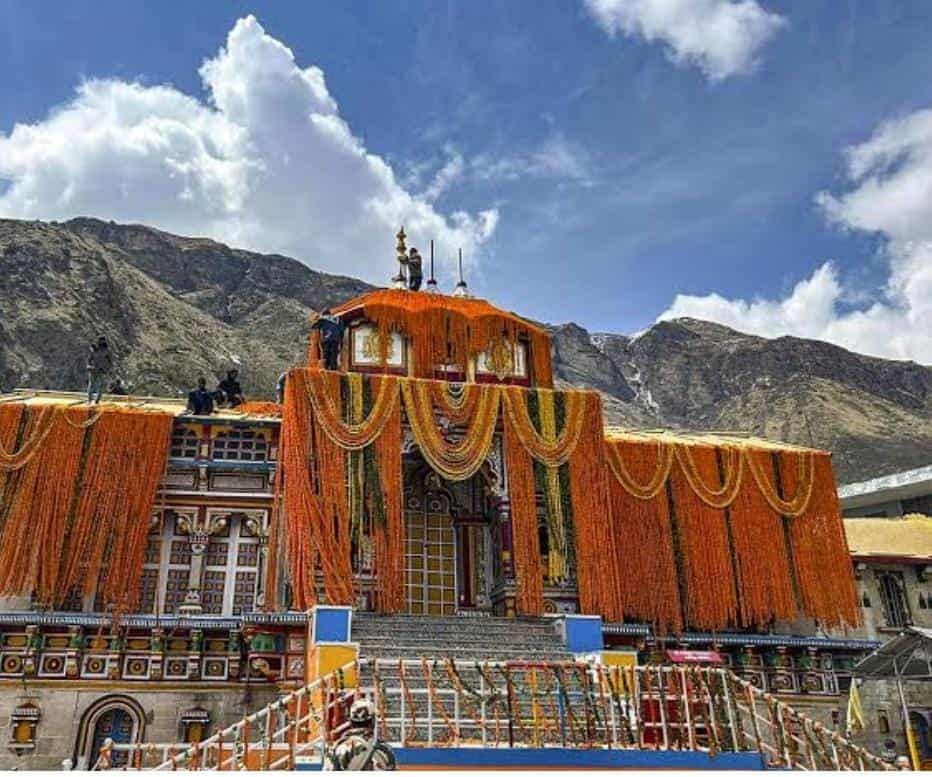
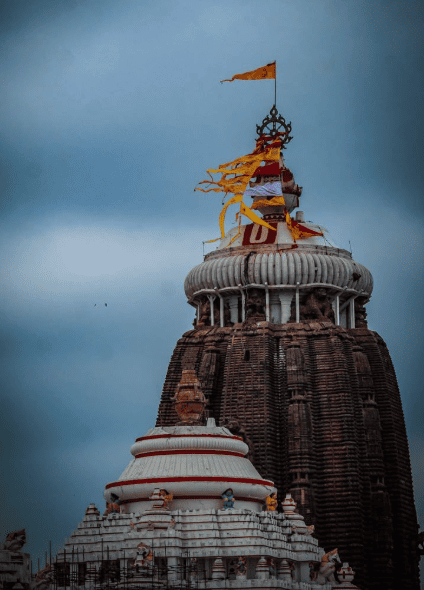
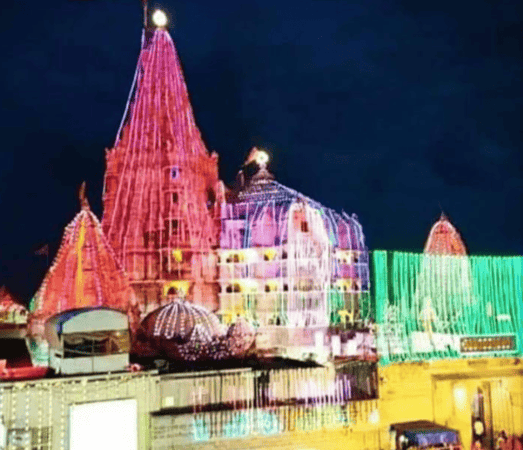

Leave a Reply